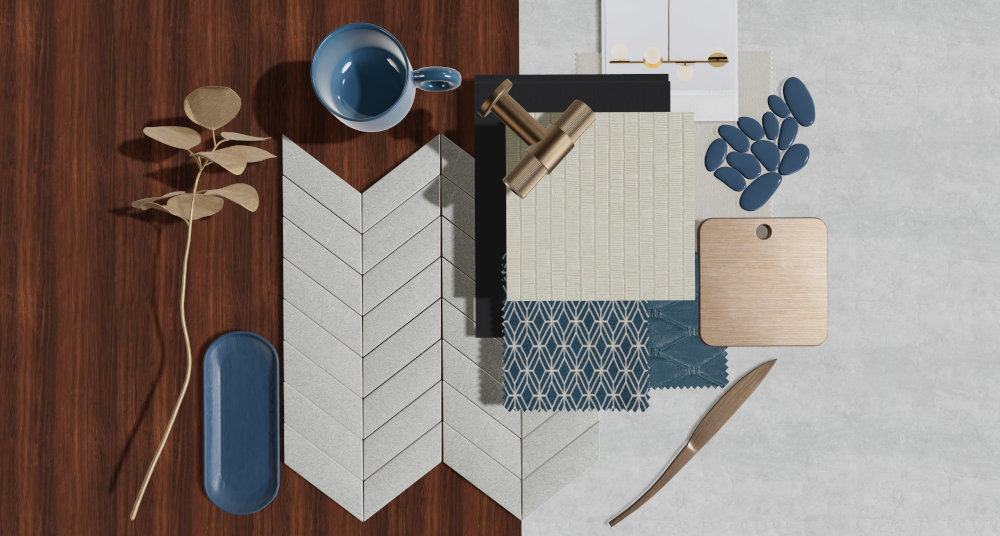

Once the general aesthetic for the game environments has been defined, it is time to start designing each scene applying the principles we have previously defined.
In this case, creating this first space poses a great challenge for me. Although I have been changing existing spaces or designing completely new spaces for years, I have never done it for a video game before, much less set in another time period.
Normally, I have clients who tell me which rooms they want to modify and tell me their needs for the use of the space, their aesthetic tastes... in short, their way of living that space. This directly affects the way I obtain information to create designs for the game environments, as I have to rely on the story, the context, and my intuition of how the characters could use that environment in their daily lives.
In addition, the scenes that I will have to design will be very varied and will depend on the development of the story itself. For each of them, I will have to gather specific information and analyze the narrative needs to enhance the different emotions that they want to convey at each moment.
The steps I will follow to propose the design of the scenes are the following:
- Look for references: Gather images of spaces of the same type as the one we are going to design. Although our intention is to design a unique space, it is always advisable to analyze similar images as a source of ideas and inspiration.
- Include plot elements in the design: When deciding which elements we will include in the space, it is essential to take into account the elements that must appear in the room for the needs of the story.
- Humanize spaces: In scenes where the environment is a room where a character lives their daily life, it is essential to give that room the essence of the character to whom it belongs. This is achieved by studying their personality and transferring that way of being to the room through representative objects, colors, and textures. Just as in real life, we all have elements at home that define us and give that space our personality, in the case of game scenarios, we also want them to be imbued with the personality of the protagonists of each scene.
- Distribution of elements: drawing a sketch of the distribution for the space, defining the position of the elements that will compose the scene. For example, in a room, we should consider the location of windows, doors, and the position of furniture.
- Point of view: with the defined distribution, we need to define from which angle we will see the scene according to the needs of the narrative. If we were to make a comparison with a movie, it would be the place where we should place the camera to get the precise shot that shows us everything we need to know about the scene to capture all the important details for the plot.
- Lighting: poor lighting can completely ruin a good design. It is one of the issues that we will have to dedicate more resources to due to the type of aesthetic necessary to convey the sense of mystery we are looking for in our game. It is also important to consider details such as the time of day when the events take place and other premises of the story that will condition our decisions when planning the lighting.
- Choice of materials and finishes: in addition to defining finishes and textures and defining the color palette for the space to give realism to the scene. All of this will be incorporated into the visual reference panel in which we gradually integrate each of the aspects that will define the final design.
- Search for elements: we will need to search for the elements that will be part of the scene: carpentry elements, furniture, decorative elements... in other words, the elements that will bring it to life. If you look around you, you will realize that a room has many objects and details apart from the furniture and structural elements. Without those small details, the scene will seem deserted, and we need to avoid this to make it appear more realistic.
The next step will be to transfer our design to the 3D modeling program, but I will explain this in another article to give it the time it deserves.
Other interesting posts
Do not miss anything
If you want more information and to stay informed about our progress, we recommend that you subscribe to our newsletter, visit our website, join our discord and follow us on our social media channels.







